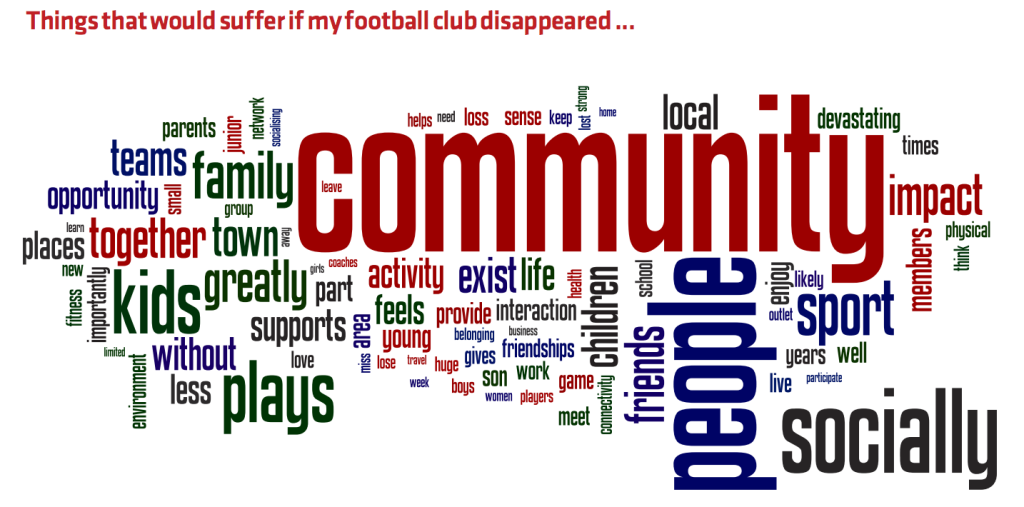We all know what the benefits of your local football club are, but what exactly do they bring to the table? Let’s quickly analyse some of the facts:
Football clubs provide a good environment (and to be fair, every sports club does) where people are more socially connected at every age group compared to the other East Haddon citizens. This is a great outcome where everybody gets together and bond.
Football clubs are way more useful and likely for developing social networks. This is a proven stat – you make more friends playing sport (or being involved in the process) than other community groups, work, or education.
Social support is also great too – they provide a large range of social support than through other social networks.
Develop key skills in public speaking? Check. Problem solving, decision making, conflict resolution and dealing with people from a large diverse background pool? Absolutely.
Football clubs provide these individuals an increased chance of securing employment as well – being connected to so many different people is great for networking.
But how about the health outcomes? Well, being a sporting club, these clubs are a great and important vehicle for delivering health and safety campaign messages for young people. Individuals that are actively involved in a football club have much better self-reported wellbeing at pretty much every age group, compared to the rest of East Haddon as a whole.
This much is pretty self expected, but individuals that are associated with a football club have lots of self-reported physical and mental health benefits you don’t get from other places. This is a fantastic thing – some studies suggest that going to sports training can be better for you than therapy.
Football clubs tend to help those at a greater risk of poor mental health too – i hope nobody is denying this.
